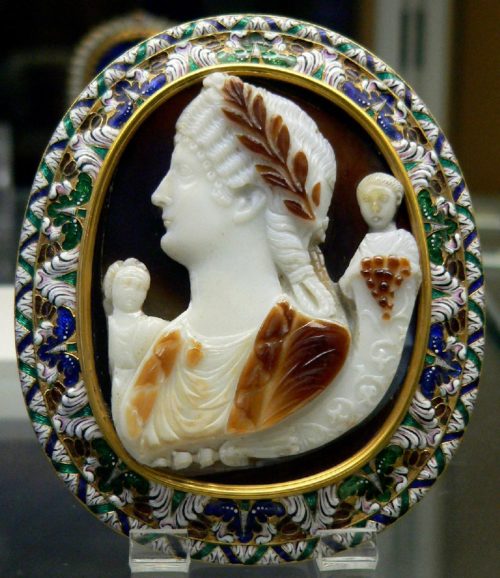
We are in love with opals. This precious stone has been the star of jewelry art for many centuries. It’s all about its color.
Opals. Variety of the type
Noble opal comes in a variety of colors – from milky to black. Experts distinguish several types of this stone, focusing on color, gloss, transparency, hardness, and the presence of impurities. The most famous opals are the following:
Black opal is the most expensive type of mineral. These dark stones (by the way, not necessarily black) conquer the sparkling multicolored veins.

The Boulder-opal “layer” is located on a base of iron, less often on rhyolite and basalt rocks.
Honey opal is distinguished by its yellow hue, reminiscent of wax.
Transparent as water, hyalite is formed, growing in drops on a variety of rocks, and sometimes around moss and lichen.
Hydrophane is characterized by translucency and a beautiful play of colors.
The semitransparent jirazol (sunstone) is easily recognizable by its bluish tint.
Irisopal can be both colorless and light brown with a single-color tint.
Kacholong is called pearl opal-an opaque stone of milky white color, is a “cocktail” of quartz, chalcedony and porcelain-like opal.

Peruvian opal can be pink, blue, and even lilac. As the name implies, such minerals are mined in Peru.
Opaque prazopal, chrysopal resemble their green color of apples.
Royal opal has a dark red, purple or bronze “heart” with a bright green border.
Fire opal can be transparent or translucent. This group includes stones of rich red, wine, and even red-orange colors. Opalescent minerals are found in Mexico.
How to emphasize beauty
Self-sufficient opal, as a rule, plays a major role in decoration. Its dark varieties are gorgeous surrounded by transparent diamonds. Opals of light colors reveal their potential surrounded by colored precious stones, whose shade echoes the” pattern ” of the opal.
As for cutting, there is a rule: the simpler, the better. Therefore, most often you can find cabochon-cut opals.

How to save it for years to come
Opals are fragile and capricious. With a lack of humidity, their beauty can fade, and the surface can become covered with cracks. Therefore, jewelry with them should be “walked” regularly.
The setting of the stone is also its protection. Once for this purpose, the mineral was covered with a special oil, and today it is impregnated with a special resin.
The mystical significance of opal
The ancient Romans believed that opal brings good luck and attracts love. It gives inspiration to creative people, and disturbs those who seek peace and quiet.
Walter Scott once nearly ruined Opal’s reputation. In 1829, the writer published the novel “Karl the Bold”, according to the plot of which the opal brings misfortune to its owner. The book was very popular. Gullible readers stopped buying opals. As a result, sales of jewelry with this stone fell by half and could not reach the same level for another 20 years.
But we do not believe in mysticism, but in beauty. The magical color iridescences of opal conquer at first sight-it is impossible to tear yourself away.
To learn more about the origin and deposits of opal, read our article in the section “Precious stones”.
Opal in History
In Sanskrit, “upala” means “precious stone”. In ancient times, it was very expensive, inspired mystical awe and was very popular with the rulers. Caligula had a favorite opal, for example: according to legend, it was the cracked opal that predicted the imminent death of its owner.
During the reign of the Roman emperor Constantine, the reputation of the opal was greatly damaged by the words of the emperor himself: he believed that the stone could make its owner invisible. The opal immediately became a symbol and talisman of thieves, after which it lost its appeal for a long time.
The general fashion for opals began again in the middle of the XIX century in Victorian Great Britain. Opals imported from the British colonies were a serious competitor even to sapphires, rubies and diamonds!
All of Europe succumbed to the charms of opal in the Art Nouveau era, when preference was given not to classic precious stones, but to shimmering, iridescent stones painted in ghostly halftones: moonstone, mother-of-pearl, for example. Opal became the king of art Nouveau and since then has not left the jewelry fashion.

